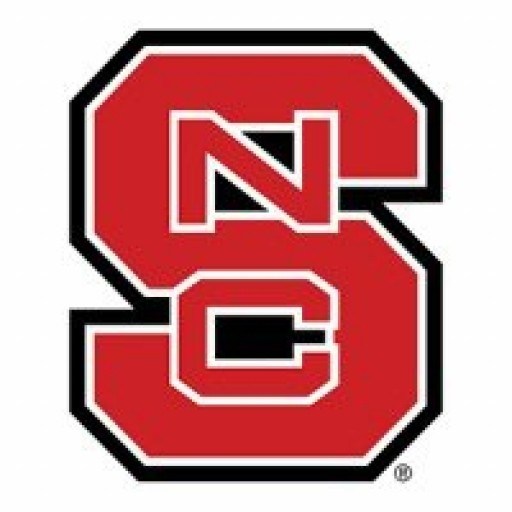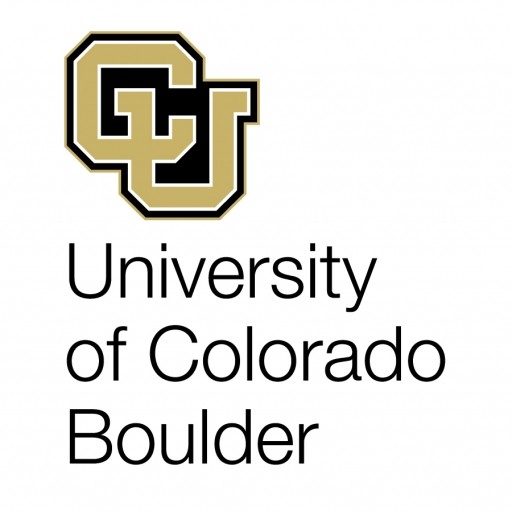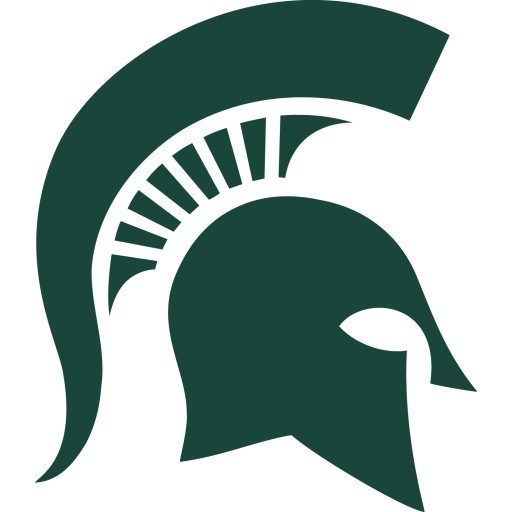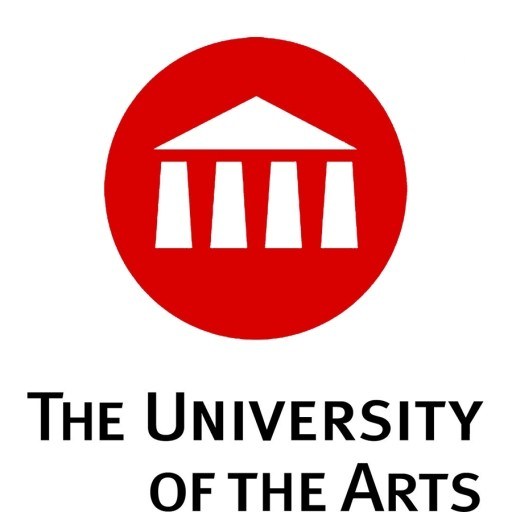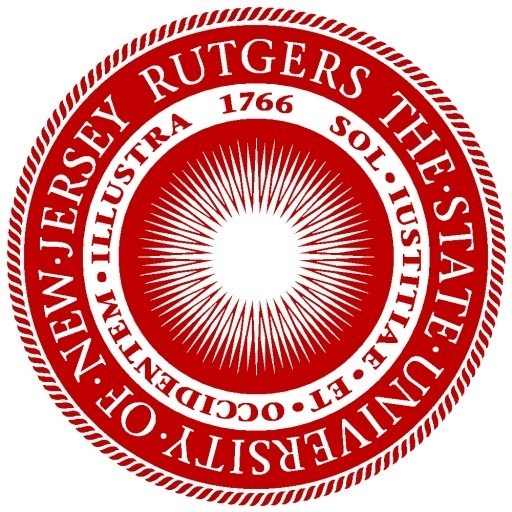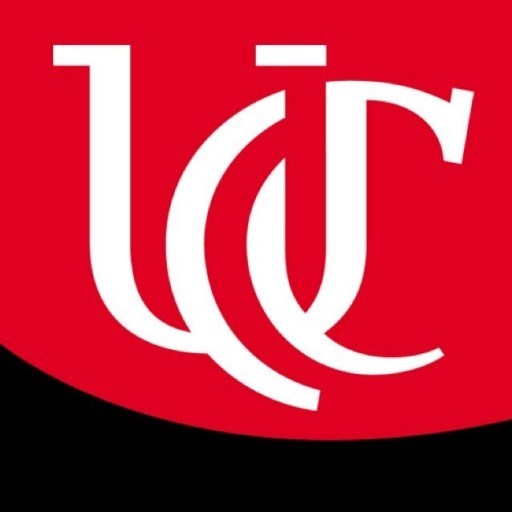Photos of university / #applyncstate
Fashion and Textile Design at North Carolina State University offers students an innovative and comprehensive education in the creative and technical aspects of fashion and textile development. The program combines foundational knowledge in design principles with hands-on experience in creating apparel and textile products that meet the demands of the dynamic fashion industry. Students gain expertise in various areas including textile science, fabric development, garment construction, and sustainable design practices. The curriculum emphasizes both artistic expression and technical skills, encouraging students to explore new materials, technologies, and sustainable methods to innovate within the fashion and textile sectors. Under the guidance of experienced faculty members, students engage in rigorous coursework, collaborative projects, and industry internships that prepare them for successful careers in fashion design, textile development, product management, and related fields. State-of-the-art facilities and laboratories provide a conducive environment for experimentation with fabric dyeing, printing, weaving, and digital design tools. The program also fosters entrepreneurship and business acumen, enabling graduates to launch their own fashion or textile enterprises or excel in existing companies. Graduates of the Fashion and Textile Design program are equipped with a versatile skill set, creative mindset, and industry awareness necessary to contribute meaningfully to the evolving world of fashion and textiles. Through a blend of theory and practice, the program aims to develop innovative designers who are committed to sustainable practices, technological advancements, and aesthetic excellence, ensuring they are well-prepared for the global fashion industry.
Freshman Year
| FALL SEMESTER | CREDIT | SPRING SEMESTER | CREDIT |
|---|---|---|---|
| ENG 101 Academic Writing & ResearchH | 4 | D 101 Design Inquiry II: Methods and ProcessesG | 3 |
| TT 105 Intro to Textile Technology | 3 | FTD 200 Design Skills Workshop2 | 3 |
| D 100 Design Inquiry I:Methods and ProcessesG | 3 | MA 131 Calculus for Life & Mgmt Sciences A,3 | 3 |
| FTD 104 FTD FY Studio I | 6(CP) | FTD 105 FTD FY Studio II | 6(CP) |
| T 101 Intro to College of Textiles | 1 | HES_1** Health & Exercise Studies CourseE | 1 |
| 17 | 16 |
Sophomore Year
| FALL SEMESTER | CREDIT | SPRING SEMESTER | CREDIT |
|---|---|---|---|
| FTD 201 Computer-Aided Textile Design & Color Studio2 | 6(CP) | TMS 211 Intro to Fiber ScienceB | 3 |
| FTM 217 The Textile Industry | 3 | TT 252 Formation & Structure of Textile Fabrics2 | 4(CP) |
| PY 211 College Physics IB,3 | 4 | FTD 373 Yarn Design Studio2 | 3(CP) |
| TT 221 Yarn Production&Properties I | 2 | FTD 374 Surface Design & Texture | 3(CP) |
| ADN 281 Basic Drawing | 3 | MA 231 Calculus for Life & Mgmnt SciencesA,3 | 3 |
| HES_*** Health & Exercise Studies CourseE | 1 | ||
| 18 | 17 |
Junior Year
| FALL SEMESTER | CREDIT | SPRING SEMESTER | CREDIT |
|---|---|---|---|
| FTM 310 Entrepreneurship & NPD | 3 | ST 311 Introduction to Statistics3 | 3 |
| FTD 375 Woven Textile Design Studio I2 | 3(CP) | FTM 282 Intro to Textile Brand Mgmt & Mktg | 3 |
| FTD 376 Knitted Textile Design Studio I2 | 3(CP) | GEP Social Science ElectiveD | 3 |
| CH 101 Chemistry-A Molecular ScienceB | 3 | FTD Advised Elective1 | 3 |
| CH 102 General Chemistry LabB | 1 | FTD Advised Elective1 | 3 |
| GEP Humanities ElectiveC | 3 | ||
| 16 | 15 |
Senior Year
| FALL SEMESTER | CREDIT | SPRING SEMESTER | CREDIT |
|---|---|---|---|
| FTD 475 Woven Textile Design Studio II | 3 | FTD 479 Senior Textile Design Studio | 6 |
| FTD 476 Knitted Textile Design Studio II | 3 | GEP Social Science ElectiveD | 3 |
| PCC 302 Technology Textile Wet Processing | 4 | GEP Humanities ElectiveC | 3 |
| GEP Additional Breadth RequirementF | 3 | ||
| 13 | 12 |
Students must apply to NC State University, selecting Fashion and Textile Design as a first choice major. The application deadline for FTD is October 15th. In addition to your application for admission to the university, which includes high school credentials, standardized test scores, and application fee, the FTD program requires the online submission of an essay question response and a portfolio with 10 images of your creative work. These items must be submitted via WolfPAW no later than November 1st. A link to the College of Textiles Essay and Portfolio will appear on the left side of the application home page after you’ve selected Fashion and Textile Design as an intended major.
Portfolio
The FTD admissions review process requires a representative sampling of your creative work completed within the past 3 years. Applicants must submit 10 portfolio images of work with labels and descriptions. Descriptions are additional commentary that gives reviewers further insight into your motivation, ideas, thought process, and/or the issues addressed by your work. You may not submit more than 10 items for review in your portfolio.
Interview
Selected applicants will be invited to on-campus interviews that will take place late January or early February. During the interviews, applicants will be asked to discuss their work as well as other character indicators such as: diversity, collaboration, leadership potential, independent thinking, ability to explain and critically evaluate work, and motivation to create objects that solve human needs.
Fashion and Textile Design is a Bachelor of Science program that requires students to complete math and science courses in addition to design studios and labs. A strong math and science background is important for admission to and success in this program. For this reason, applicants are encouraged to take courses such as chemistry and college preparatory math while in high school.
The Fashion and Textile Design program at North Carolina State University offers a variety of financing options to support students throughout their academic journey. Students enrolled in the program can explore multiple sources of financial aid, including federal and state grants, scholarships specific to the College of Textiles, and external funding opportunities. The university’s Office of Scholarships and Financial Aid provides detailed information on application processes, eligibility criteria, and deadlines. Prospective and current students are encouraged to apply for merit-based scholarships that recognize excellence in fashion and textile design, which can significantly reduce the cost of tuition and related expenses.
In addition to scholarships, students may consider federal financial aid programs such as Pell Grants and Federal Direct Loans, which are available to eligible students based on financial need. North Carolina State University participates in the Free Application for Federal Student Aid (FAFSA), and students should complete this form annually to be considered for various aid programs. The university also offers work-study opportunities, allowing students to gain practical experience while earning income to supplement their finances.
The program’s cost structure includes tuition, fees, and supplies. Tuition rates vary for in-state and out-of-state students, with in-state students benefiting from lower rates. Fees may include laboratory fees, materials fees, and other specialized costs associated with fashion and textile design coursework. Students are advised to budget for additional expenses such as materials, textbooks, and equipment necessary for their projects and coursework.
North Carolina State University encourages students to seek external scholarships from industry organizations, professional associations, and private foundations dedicated to supporting fashion and textile design students. These external awards can supplement university funding and help offset costs related to study abroad programs, internships, or participation in national competitions.
Financial aid applications require careful planning and timely submission of all required documents. The university’s Financial Aid Office provides counseling and workshops to help students navigate the financial aid process effectively. Furthermore, students are often advised to explore part-time employment opportunities on campus, which can provide flexible work hours and financial support. It is important for students to maintain satisfactory academic progress and adhere to financial aid eligibility requirements to continue benefiting from their financial assistance.
Overall, North Carolina State University’s Fashion and Textile Design program is supported by a comprehensive financial aid framework aimed at making education accessible and affordable. Students are encouraged to actively research all available financial resources, complete necessary application forms on time, and seek guidance from university offices dedicated to student financial services to maximize their funding potential and minimize financial barriers to their educational goals.
The Fashion and Textile Design program at North Carolina State University offers students a comprehensive education focused on the creative and technical aspects of fashion design, textile development, and apparel production. This program emphasizes innovation, sustainability, and industry-relevant skills, preparing graduates for diverse careers in the dynamic fields of fashion and textiles. Students have access to state-of-the-art facilities, including design studios, textile laboratories, and computer-aided design (CAD) labs, allowing them to translate their creative ideas into professional-quality designs. The curriculum combines coursework in fashion illustration, pattern making, garment construction, and textile science with business and marketing principles essential for success in the fashion industry. Students are encouraged to engage in internships, cooperative education opportunities, and collaborative projects with industry partners, fostering real-world experience and professional networking. Faculty members are experienced professionals and researchers in fashion technology, sustainable textiles, and apparel design, guiding students through innovative research and creative exploration. The program also emphasizes sustainable practices and ethical considerations in fashion production, aiming to develop environmentally responsible designers and textile scientists. Graduates of the program are well-equipped to pursue careers as fashion designers, textile technologists, product developers, fashion buyers, and other roles within the global fashion and textile industries. The university's location in North Carolina, a significant hub for apparel and textile manufacturing, provides additional opportunities for industry engagement and employment. Overall, the Fashion and Textile Design program at NC State University combines artistic creativity with technical expertise, preparing students to lead and innovate in the ever-evolving world of fashion and textiles.
